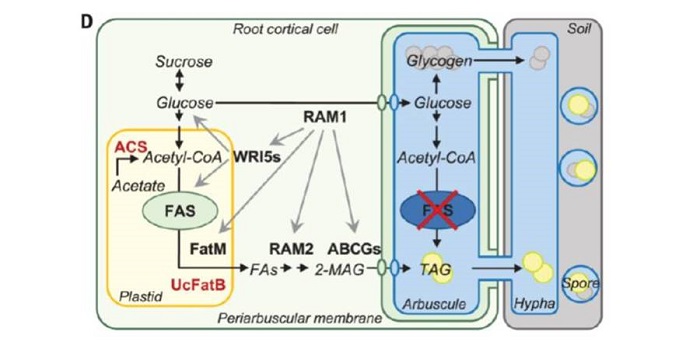
Fatty acids in arbuscular mycorrhizal fungi are synthesized by the host plant ($)
Plant Science Research Weekly, Research0 Comments
/
In the symbiotic relationship between arbuscular mycorrhizal fungi and plants, the fungal partner greatly enhances the uptake of mineral nutrients (particularly phosphate), while in return it is supplied with organic carbon from the photosynthetic partner. Luginbuehl et al. investigated whether this…

The sequences of 1,504 mutants in the model rice variety Kitaake facilitate rapid functional genomic studies
Plant Science Research Weekly, ResearchLi et al. describe an important new genetic resource, a huge database of Kitaake rice mutants. Kitaake is a short-generation variety of Oryza sativa L. ssp. japonica well suited for genetic studies. The authors sequenced more than 1500 fast-neutron-induced mutants and identified more than 91,000 mutations…
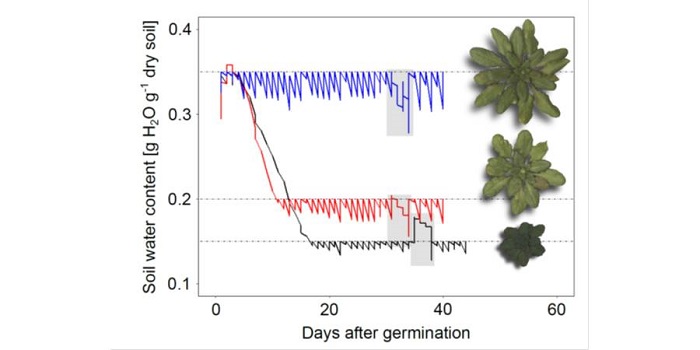
Phenotyping Water Deficit Acclimation Responses
Plant Physiology, Plant Physiology: On The Inside, Research, Research BlogWater deficit (WD) is one of the main environmental stress factors affecting crops and global food security. Acclimation to WD, however, enables plants to maintain growth under unfavorable environmental conditions. To shed light on the molecular mechanisms underlying WD acclimation, Rymaszewski et al.…
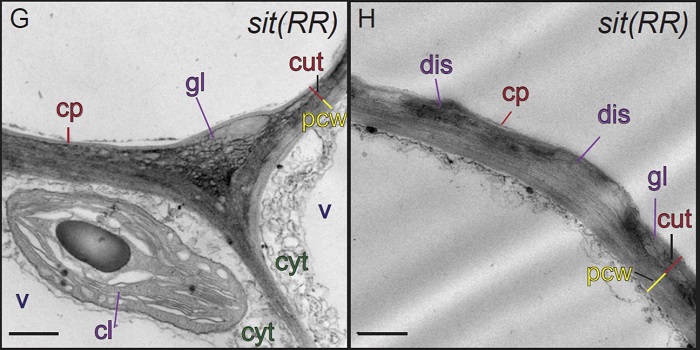
ABA is Required for Cuticle Formation Independent of Water Stress
Blog, Plant Physiology, Plant Physiology: On The Inside, ResearchThe waxy cuticle, a key barrier to desiccation and pathogen entry, is a dynamic structure, the composition, area, permeability and thickness of which can change in response to environmental conditions. For example, water deficit in Arabidopsis (Arabidopsis thaliana) triggers an increase in the accumulation…
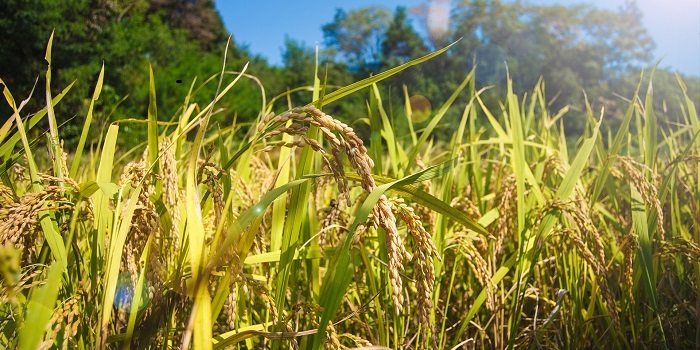
Harnessing the hidden genetic diversity for improving multiple abiotic stress tolerance in rice
Plant Science Research Weekly, ResearchAli et al. describe a rice breeding strategy to improve abiotic stress tolerance as well as to accelerate the speed to achieving homozygosity. The researchers named this particular technique as “Green Super Rice” (GSR) breeding technology. They use a backcross (BC) breeding approach to fix breeding…
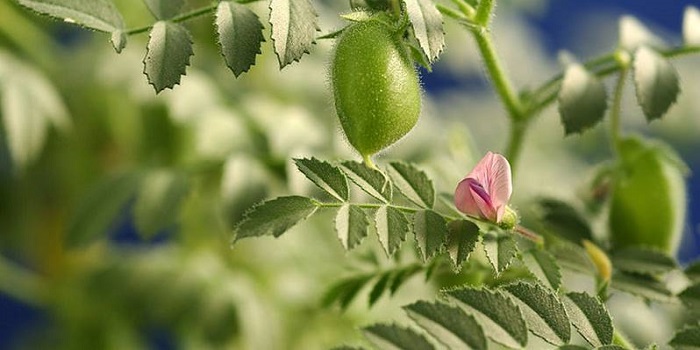
Root traits confer grain yield advantages under terminal drought in chickpea (Cicer arietinum L.)
Plant Science Research Weekly, ResearchThis study by Ramamoorthy et al. showed that survival of plants under drought conditions is not a sufficient goal for breeding. Rather, yield for biomass and food production under water deficit is a better target. Chickpea genotypes having better root growth and higher root density showed better grain…
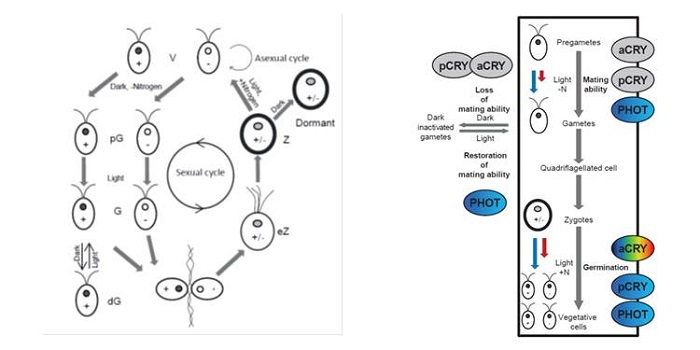
A plant cryptochrome controls key features of the Chlamydomonas circadian clock and its life cycle
Plant Science Research Weekly, ResearchAnimals and plants have divergent sets of blue light receptors, called Cryptochromes. However, green alga Chlamydomonas has both animal-like and plant cryptochrome (pCRY). The presence of multiple cryptochrome suggests specific roles in different pathways in respective organisms. In this paper, Müller…
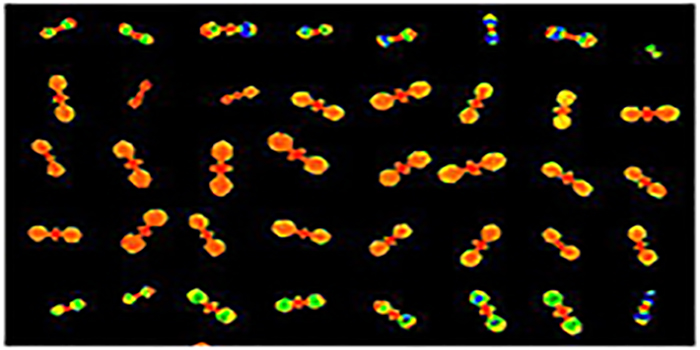
BASS Fishing: Genetic Screen Uncovers a New Transporter in Photorespiration
Research, The Plant Cell, The Plant Cell: In a NutshellSouth et al. discover a new transporter involved in photorespiration http://www.plantcell.org/content/29/4/808.abstract.
Photosynthesis uses solar energy to convert carbon dioxide in the atmosphere into sugars that provide the energy and chemical building blocks for plant growth. A key enzyme in photosynthesis…

Natural allelic variation of FRO2 modulates Arabidopsis root growth under iron deficiency
Plant Science Research Weekly, ResearchIron is an essential nutrient that plants assimilate from the soil. Moderate iron deficiency induces an increase in primary root length and lateral root production. Satbhai et al. examined natural variation of root responses and showed a correlation between root length and allelic variation at the FRO2…

